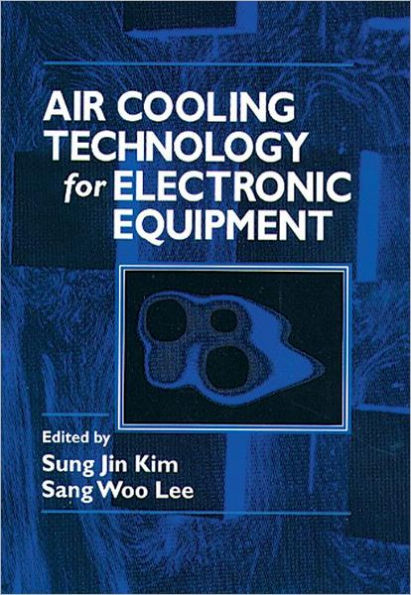5
1
9780849394478



Air Cooling Technology for Electronic Equipment / Edition 1 available in Hardcover, eBook

Air Cooling Technology for Electronic Equipment / Edition 1
- ISBN-10:
- 0849394473
- ISBN-13:
- 9780849394478
- Pub. Date:
- 04/26/1996
- Publisher:
- Taylor & Francis
- ISBN-10:
- 0849394473
- ISBN-13:
- 9780849394478
- Pub. Date:
- 04/26/1996
- Publisher:
- Taylor & Francis

Air Cooling Technology for Electronic Equipment / Edition 1
$77.99
77.99
In Stock

Product Details
| ISBN-13: | 9780849394478 |
|---|---|
| Publisher: | Taylor & Francis |
| Publication date: | 04/26/1996 |
| Edition description: | New Edition |
| Pages: | 260 |
| Product dimensions: | 6.12(w) x 9.19(h) x (d) |
About the Author
From the B&N Reads Blog
